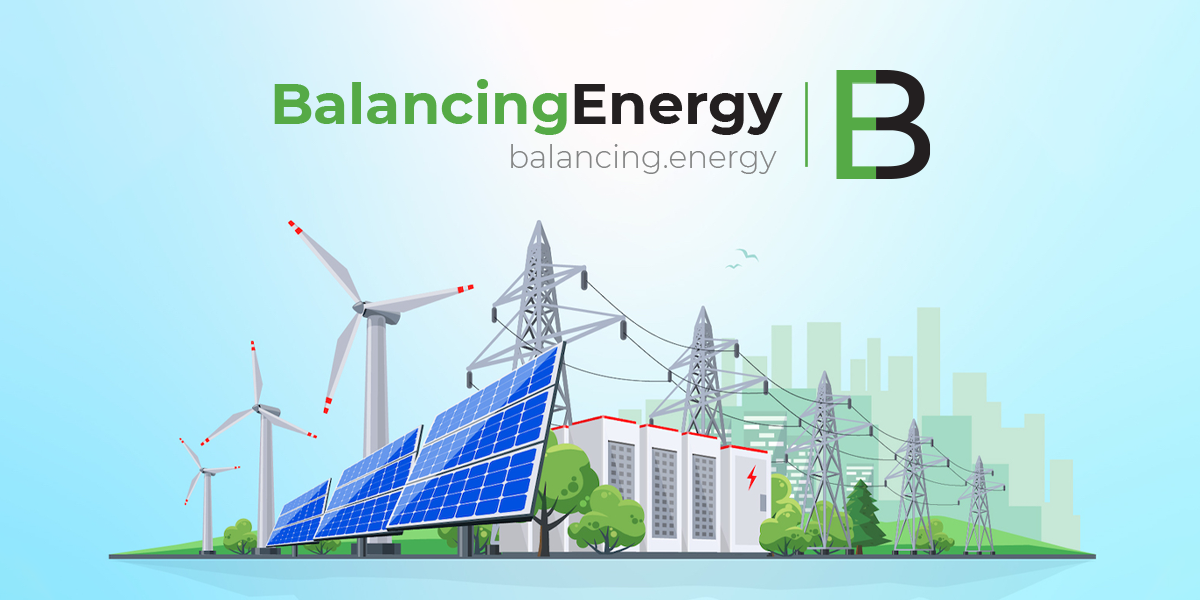Serbia has officially lifted its 35-year moratorium on the construction of nuclear power plants, marking a pivotal shift in the country’s energy strategy. The Energy Law, passed without debate in the Serbian Parliament due to a packed agenda, clears the path for nuclear energy development, although it leaves citizens without specific details about the government’s plans or potential opposition concerns.
The French company EDF is already conducting a study on nuclear energy applications in Serbia. However, experts emphasize that this does not mean Serbia has committed to building a nuclear plant with France, despite the country’s leading role in nuclear energy technology and its number of reactors. Current discussions focus on French and Chinese small modular reactors, which are smaller and more cost-effective than traditional reactors, although they have not yet been commercially deployed.
Some local experts suggest Serbia could join the Paks II project in Hungary, where two Russian-made reactors are planned for expansion, or explore partnerships with nuclear plants in Romania or Bulgaria. Nikola Rajakovic, President of the Association of Energy Experts, considers this development a historic moment, noting that nuclear technologies have become much safer, and he believes Serbia should have pursued such options earlier. Rajakovic views purchasing a stake in Hungary’s NPP Paks as the most beneficial solution for Serbia in terms of energy independence.
Energy Minister Dubravka Djedovic emphasized that lifting the moratorium paves the way for nuclear energy to be integrated into Serbia’s energy mix. She mentioned that a preliminary technical study would offer a comparative analysis of various nuclear technologies, evaluating their technical, economic, and market parameters for plant construction.
Ilija Plecas, nuclear physicist and Chairman of the Supervisory Board of Nuclear Facilities of Serbia, pointed out that Serbia lacks the resources to build a nuclear plant independently. The decision on partners and technology will largely depend on financing, with an estimated investment of 13 to 14 billion euros required. Plecas added that favorable financing terms could play a key role in partner selection, with potential agreements offering investors a share of the electricity produced.










